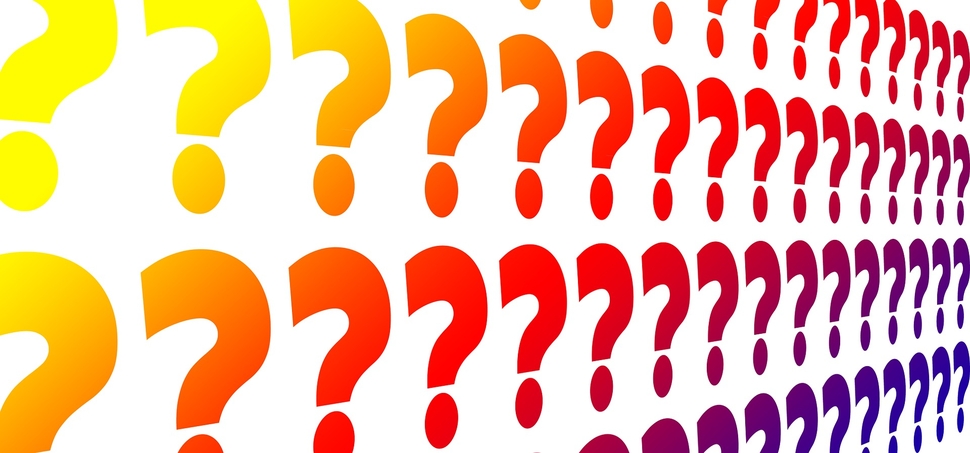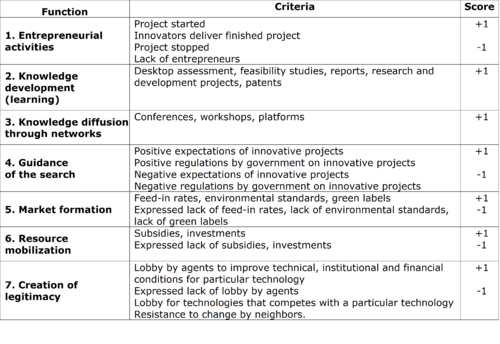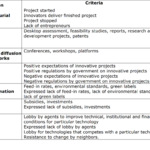Problem statement
It follows from the future vision in Section 1.3 that the Permanently Innovate subsystem in Texel requires a sustainable transition towards a socio-technical regime that enables to permanently conduct sustainable transitions. In other words, it is the transition towards Permanently Innovate what would enable future transitions in other subsystems.
Thus, the main gap between the current and the future situation is the integration of independent systems of innovation into a broader and mainstream socio-technical sub-system. Following Liu & White (2001)'s definition of primary and secondary actors in innovation processes, not all actors in the system would have to be directly involved in innovation. However, all actors in the system would have to act at some point, at least as secondary ones. This means that everyone should be able, ready and willing to influence an innovation process or to influence those who can conduct them.
Therefore, all Texelaars are expected to come with innovative ideas. A selected group of Texelaars and external people are expected to actively gather means and resources needed for their ideas and consult their connections when needed. Once started, they are dedicated to further develop and improve their idea until it becomes successful both technically, financially and is being used on Texel.
Sustainability criteria
Following Hekkert and Negro (2009)’s analysis of the functions of an innovation system, a proxy for the state of the Permanently Innovate sub-system can be the measurement of the state of its functions. The authors also include such an instrument in their article, which we adapted from energy projects to general projects. Below we present our adaptation, including the function, the criteria that measure the specific function, and the score that is assigned to the function if specific criteria is fulfilled. Although the final score could be the addition of all the functions, it might be more insightful to keep the scores disaggregated to be able to asses every function independently.
Table 2. Criteria to measure the state of systems of innovation
The success of systems of innovation depends in a great extent on public participation. As explained by Hielscher, Seyfang, and Smith (2011), community involvement is crucial as well as good governance structures for technology transitions (Hillman, Nilsson, Rickne, & Magnusson, 2011; Liedtke et al., 2015; Seyfang & Haxeltine, 2012). Additionally, decision-making processes must be open to the public, who must have power over transitions (Lowe, Phillipson, & Lee, 2008).
Research objectives
1. To design a socio-technical subsystem and a pathway to reach that vision that enables Texelaars to permanently innovate while contributing to the island’s self-sufficiency by 2065.
2. To validate and modify our vision of the socio-technical sub-system and the pathway to reach it according to the actors feedback before and during Texel’s bubble week.
3. To provide insight on the impact that the implementation of the Permanently Innovate sub-system would have on life in Texel.
4. To perform field research to measure the current state of the system through the susainability criteria and to set a precedent to measure the system in the future.
Research question
To reach the above stated objectives, we answer the following research question. This question is again split up into several subquestions which will be answered in the chapters of this report.
The main research question reflects the goal of our report and is formulated as follows:
How can we engage people to contribute to the transition on Texel towards an island in which permanent sustainable innovation takes place?
To answer this question, we need to know what the current system looks like and how the desired system looks. Then, we need a vision on how to achieve this future state, followed by the important question of how to invite people to join this transition.
This results in the following subquestions:
- What does the current socio-technical system look like for Permanently Innovate? Think about actors, interactions, but also presence in daily life.
- What does the desired future system look like? Think about actors, interactions, but also presence in daily life.
- What pathways can constitute the transition from the current system towards the future system? Think about changes in technologies, actors, interactions and infrastructure over the course of 50 years.
- How can we motivate people right now to contribute to the transition from the current system towards to future system? Think about ongoing local or global trends, wishes from Texelaars, core values of Texel and personal incentives.
References
Borræs, S., & Edler, J. (2014). The Governance of Socio-Technical Systems: Explaining Change: Edward Elgar Publishing.
Liu, X., & White, S. (2001). Comparing innovation systems: a framework and application to China’s transitional context.Research policy, 30(7), 1091-1114.
Hekkert, M. P., & Negro, S. O. (2009). Functions of innovation systems as a framework to understand sustainable technological change: Empirical evidence for earlier claims. Technological Forecasting and Social Change, 76(4), 584-594.
Pesch, U. (2015). Tracing discursive space: Agency and change in sustainability transitions. Technological Forecasting and Social Change, 90, 379-388.



